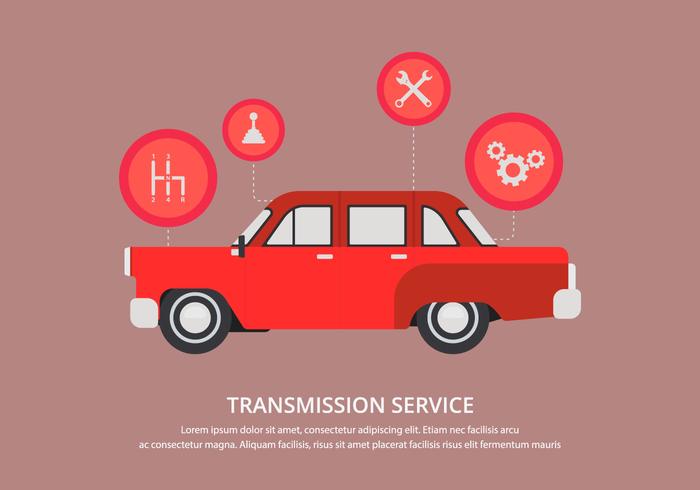Decoding Your Car'S Caution Indicators: What They Genuinely Indicate
Decoding Your Car'S Caution Indicators: What They Genuinely Indicate
Blog Article
Authored By-Vinson Dalgaard
When you lag the wheel, those glowing caution lights on your dashboard can be a little bit bewildering. Do you understand what they're trying to tell you concerning your automobile's health? Comprehending the value of these lights is essential for your security and the longevity of your car. So, the next time one of those lights pops up, would not you intend to understand its message accurately and take the required steps to address it?
Common Caution Lights and Interpretations
Recognize common caution lights in your automobile and understand their definitions to make certain secure driving.
One of the most normal caution lights include the check engine light, which signifies issues with the engine or exhausts system. If this light comes on, it's essential to have your vehicle checked quickly.
The oil stress alerting light shows low oil pressure, requiring immediate interest to prevent engine damage.
A blinking battery light might suggest a damaged billing system, possibly leaving you stranded if not addressed.
The tire stress tracking system (TPMS) light alerts you to low tire stress, impacting automobile stability and gas effectiveness. Neglecting pop over here might lead to dangerous driving conditions.
The abdominal light indicates a trouble with the anti-lock braking system, jeopardizing your capability to stop quickly in emergencies.
Lastly, the coolant temperature advising light warns of engine overheating, which can lead to extreme damage if not fixed quickly.
Comprehending these usual warning lights will help you resolve issues quickly and maintain safe driving conditions.
Importance of Prompt Attention
Comprehending the usual warning lights in your vehicle is only the first step; the value of immediately attending to these warnings can't be highlighted sufficient to guarantee your safety on the road.
When a caution light brightens on your dashboard, it's your car's way of interacting a possible problem that requires interest. Neglecting these warnings can result in more extreme troubles later on, compromising your security and possibly costing you a lot more in repairs.
Trigger attention to warning lights can avoid breakdowns and crashes. For instance, a flashing check engine light might indicate a misfire that, if left ignored, can create damage to the catalytic converter. Resolving https://www.wqow.com/news/chippewa-valley/global-auto-parts-shortage-impacting-eau-claire-repair-shop/article_47e4e9fa-a632-11ec-85d9-43f72a06ecbc.html can conserve you from a costly fixing.
Similarly, a brake system warning light could indicate reduced brake liquid or used brake pads, vital components for your safety when driving.
DIY Troubleshooting Tips
If you discover a warning light on your dashboard, there are a few DIY fixing suggestions you can attempt before looking for specialist assistance.
The primary step is to consult your car's handbook to comprehend what the specific caution light suggests. In some cases the problem can be as straightforward as a loosened gas cap causing the check engine light. Tightening the gas cap might deal with the issue.
One more typical concern is a reduced battery, which can set off numerous alerting lights. Examining the battery links for rust and guaranteeing they're safe and secure might deal with the trouble.
If a caution light continues, you can attempt resetting it by separating the auto's battery for a few mins and then reconnecting it. In addition, checking your vehicle's fluid degrees, such as oil, coolant, and brake liquid, can aid repair warning lights associated with these systems.
Final thought
Finally, recognizing your vehicle's caution lights is crucial for maintaining your automobile running smoothly and securely. By without delay dealing with these informs and recognizing what they imply, you can avoid costly fixings and potential breakdowns.
Remember to consult your vehicle's handbook for particular details on each warning light and take action accordingly to ensure a trouble-free driving experience.
Stay educated, stay risk-free on the road!
